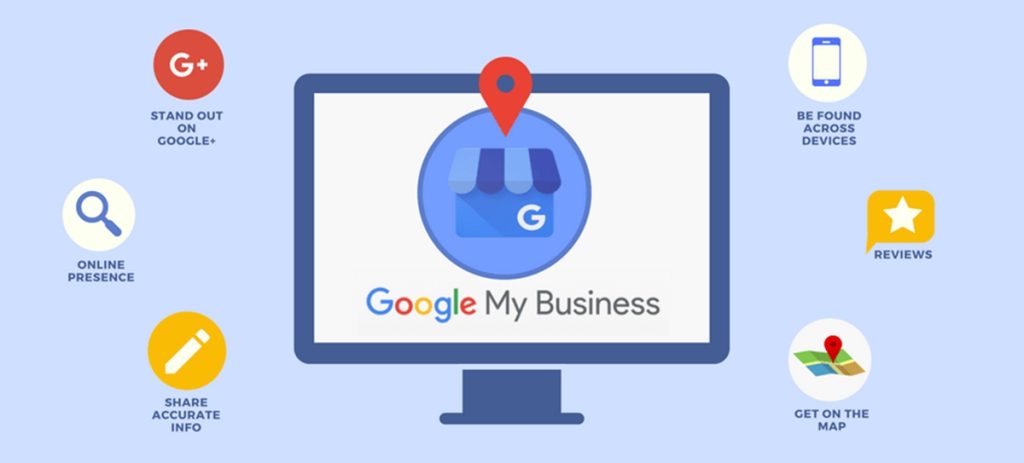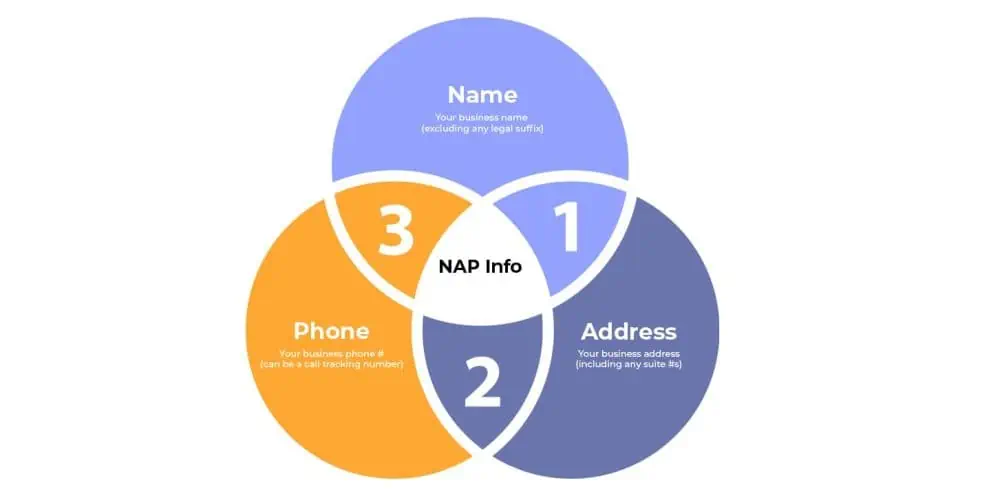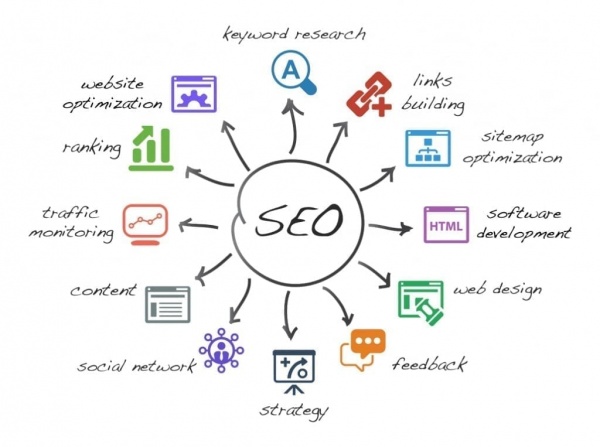In the digital age, local businesses need more than just a physical storefront to attract customers.
They need a strong online presence, especially in local search results.
This is where Local SEO comes into play.
Local SEO, or Local Search Engine Optimization, is a crucial aspect of online marketing. It helps businesses promote their products and services to local customers at the exact time they’re looking for them online.
This comprehensive Local SEO guide is designed to help you understand and implement effective Local SEO strategies.
Whether you’re a small business owner, a local marketer, or an SEO specialist, this guide will provide you with a step-by-step approach to improving your local search rankings.

From claiming and optimizing your Google My Business listing to managing online reviews and conducting local keyword research, we’ve got you covered.
Let’s dive in and explore the world of Local SEO.
Understanding Local SEO and Its Importance
Local SEO is a subset of search engine optimization that focuses on optimizing a website to be found in local search results.
These include searches with certain geo qualifiers, such as city, state, and zip code, as well as ‘near me’ searches, where Google picks up the geo-location of the person and provides search results from that area.
The importance of Local SEO cannot be overstated. For businesses that operate on a regional level, local SEO outranks other marketing tactics in terms of return on investment. It helps businesses promote their services to local customers at the exact time they’re looking for them. This targeted approach can drive both foot traffic and online traffic, increase customer engagement, and boost conversions.
Claiming and Optimizing Your Google My Business Listing
Google My Business (GMB) is a free tool from Google that helps business owners manage their online presence across the search engine and its growing portfolio of utilities. This includes the all-important Google Maps, which is used by over a billion people every month.

Claiming and optimizing your GMB listing is a fundamental part of any local SEO strategy. It’s the cornerstone of your online identity, and it’s where many customers will first encounter your business.
Here are the steps to claim your GMB listing:
- Visit the Google My Business website and click on ‘Manage Now’.
- Enter your business name.
- Enter your business address.
- Choose your business category.
- Add your business phone number and website.
- Choose a verification option.
Verifying Your Business
Once you’ve filled out your information, you’ll need to verify your business. This is an important step, as it prevents anyone else from claiming your listing.
Google will send you a verification code, usually by mail, but sometimes by phone or email. Once you receive the code, enter it into your GMB account to complete the verification process.
Optimizing Your Profile
After verification, it’s time to optimize your profile. This involves adding as much relevant information about your business as possible.
Include a detailed business description, operating hours, and high-quality photos of your business. Make sure to regularly update your profile with new photos, special offers, and promotions to keep it fresh and engaging.
Consistency in NAP (Name, Address, Phone Number) Information
Consistency in your NAP information across all online platforms is crucial for local SEO. This includes your website, social media profiles, and any other places your business information appears online.

Inconsistent NAP information can confuse potential customers and negatively impact your local search rankings. Search engines like Google use NAP information to determine the accuracy and relevance of a business to a local search query.
Ensure your NAP information is accurate and consistent everywhere it appears. Regularly audit your online presence to check for any discrepancies and correct them immediately. This simple step can significantly improve your local SEO performance.
Conducting Local Keyword Research
Local keyword research is a fundamental step in your local SEO strategy. It involves identifying the search terms that your local customers use when looking for your products or services.

There are several tools available for local keyword research, including Google’s Keyword Planner and SEMrush. These tools can provide insights into the search volume, competition, and relevance of various local keywords.
Here are some tips for conducting local keyword research:
- Look for keywords with local intent, such as “near me” or “in [city name]”.
- Consider the search volume and competition of each keyword.
- Don’t forget about long-tail keywords, which can be less competitive and more targeted.
Integrating Local Keywords into Your Website
Once you’ve identified your local keywords, the next step is to integrate them into your website. This includes your website content, meta tags, and URLs.
Each page on your website should target a specific local keyword. This helps search engines understand the relevance of your page to local search queries.
Remember, keyword stuffing is a bad practice. Use your keywords naturally and in context. This not only improves your local SEO but also enhances the user experience.
Creating Locally Relevant Content
Creating locally relevant content is a key aspect of Local SEO. This type of content resonates with your local audience and helps improve your local search rankings.

Your content should be tailored to the interests and needs of your local customers. It should also include local keywords and references to local events, landmarks, or issues.
Remember, quality is more important than quantity. High-quality, locally relevant content can help establish your business as a local authority and attract more local customers.
Content Ideas for Local Engagement
Coming up with content ideas for local engagement can be challenging. However, there are several strategies you can use to generate ideas.
- Local news and events: Write about local news, events, or issues that are relevant to your business and audience.
- Local guides: Create guides or lists of local resources, attractions, or businesses.
- Customer stories: Share stories or testimonials from your local customers.
These content ideas can help engage your local audience and boost your local search rankings.
Building Local Citations and Their Importance
Local citations are online mentions of your business’s name, address, and phone number (NAP). They play a crucial role in Local SEO as they help establish your business’s presence in the local digital landscape.
Citations can come from various sources, including local business directories, social media platforms, and industry-specific websites. They help search engines verify your business’s existence and location, which can improve your local search rankings.
- Local business directories: List your business on popular local business directories.
- Social media platforms: Ensure your NAP information is consistent across all your social media profiles.
- Industry-specific websites: Seek out opportunities to get your business listed on websites related to your industry.
Building local citations requires time and effort, but it’s a worthwhile investment for improving your Local SEO.
Managing and Responding to Online Reviews
Online reviews are a critical component of Local SEO. They provide social proof and can significantly influence a potential customer’s decision to choose your business over your competitors.
Here are a few strategies to acquire local backlinks:
- Partner with local businesses for cross-promotion.
- Sponsor local events or charities.
- Contribute guest posts to local blogs or news sites.
- Participate in local community forums or social media groups.
Remember, the quality of backlinks matters more than quantity. Aim for backlinks from reputable local websites that are relevant to your business. This will not only boost your Local SEO but also drive targeted traffic to your website.
In conclusion, acquiring local backlinks is a strategic process that requires time and effort. However, the benefits in terms of improved local search visibility and increased website traffic make it a worthwhile investment.
On-Page Optimization for Local SEO
On-page optimization is a key aspect of Local SEO. It involves optimizing various elements on your website to improve its visibility in local search results.

The first step is to ensure that your website is mobile-friendly. With the majority of local searches conducted on mobile devices, a mobile-optimized website is no longer optional.
Next, integrate local keywords into your website content. This includes your page titles, meta descriptions, header tags, and body content. Remember to use keywords naturally and avoid keyword stuffing.
Here are a few on-page elements to optimize for Local SEO:
- Page titles: Include your target local keyword and your business location.
- Meta descriptions: Write compelling descriptions that include your local keyword.
- Header tags: Use local keywords in your H1 and H2 tags.
- Body content: Incorporate local keywords naturally into your content.
By optimizing these on-page elements, you can significantly improve your website’s local search visibility.
Title Tags, Meta Descriptions, and Header Tags
Title tags, meta descriptions, and header tags are critical on-page elements that influence your local search rankings.
Your title tag is the first thing users see in search results. It should be concise, compelling, and include your target local keyword. For example, a bakery in New York might have a title tag like “Best Bakery in New York | [Business Name]”.
Meta descriptions provide a brief summary of your webpage. While they don’t directly impact rankings, they can influence click-through rates. Include your local keyword and a compelling call-to-action to encourage users to click on your listing.
Header tags (H1, H2, etc.) structure your content and make it easier for both users and search engines to read. Include your local keyword in your H1 tag and use H2 tags for subheadings.
By optimizing your title tags, meta descriptions, and header tags, you can improve your website’s relevance to local search queries and boost your Local SEO.
Mobile Optimization and Local SEO
Mobile optimization is a crucial part of Local SEO. With the majority of local searches conducted on mobile devices, having a mobile-friendly website is essential.

Your website should be responsive, meaning it automatically adjusts to fit the screen size of the device it’s viewed on. This ensures a seamless user experience, regardless of whether your site is accessed from a desktop, tablet, or smartphone.
Moreover, Google uses mobile-first indexing. This means it predominantly uses the mobile version of your content for indexing and ranking. Hence, if your site isn’t mobile-friendly, it could negatively impact your rankings in both mobile and desktop search results.
In conclusion, mobile optimization is not just a best practice—it’s a necessity for effective Local SEO. Ensure your website provides a smooth and user-friendly experience on all devices to improve your local search visibility.
Utilizing Local Structured Data Markup
Structured data markup, also known as schema markup, is a powerful SEO tool. It helps search engines better understand your content and provide more informative results to users.
For Local SEO, you can use Local Business schema. This allows you to provide specific details about your business, such as your address, operating hours, and contact information. When correctly implemented, this data can appear in rich search results, potentially increasing your visibility and click-through rates.
In conclusion, utilizing local structured data markup can significantly enhance your local search presence. It provides search engines with valuable information, making it easier for potential customers to find and contact your business.
Leveraging Social Media for Local SEO
Social media platforms are more than just a place to share updates and engage with your audience. They can also play a significant role in your Local SEO strategy.

Platforms like Facebook, Instagram, and LinkedIn allow you to share your location and contact information. This can help improve your local visibility. Additionally, social media interactions can contribute to your local search rankings. Engaging with your local audience on these platforms can send positive signals to search engines about your business’s relevance and popularity in your area.
In conclusion, social media can be a powerful tool for Local SEO. By maintaining an active presence and engaging with your local audience, you can improve your local search visibility and rankings.
Monitoring and Tracking Local SEO Performance
Monitoring and tracking your Local SEO performance is crucial to understanding the effectiveness of your efforts. It allows you to identify what’s working and what needs improvement.
There are several key metrics to track in Local SEO. These include:
- Local search rankings for your targeted keywords
- Traffic from local search
- Click-through rates from local search results
- Conversions from local search traffic
- Online reviews and ratings
By regularly monitoring these metrics, you can make data-driven decisions to refine your Local SEO strategy. This will help you maintain a strong local online presence and stay ahead of your competitors.
Conclusion: Staying Ahead in Local SEO
Staying ahead in Local SEO requires a continuous commitment to optimization and adaptation. As search algorithms evolve, so should your strategies.
Remember, Local SEO is not a one-time effort but an ongoing process. By following this guide and regularly monitoring your performance, you can ensure your business remains visible and competitive in local search results.





Leave a Reply